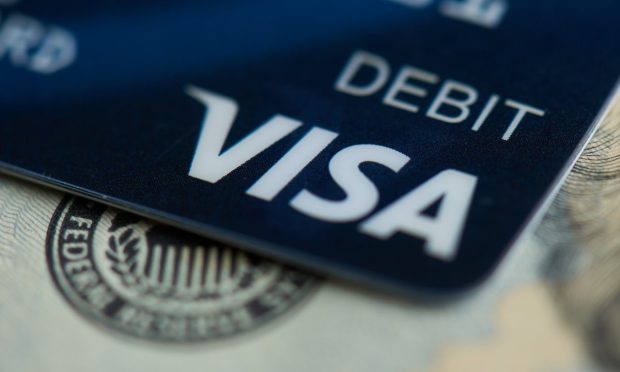Bob Dole’s Passing Spurs Thoughts on Debit’s Heady Rise Since 1996

Bob Dole died this weekend, at the age of 98. Whatever your view of his politics or career might be, his passing gives cause to pause and reflect on how much life has changed in the decades since he ran for president 25 (!) years ago.
We’re not talking simply about the ways in which politics has changed — where the relative civility of the late 20th century might be sorely missed today.
We’re talking about payments, of course.
You might not remember this, but way back in 1997, Dole, not far removed from his loss in the presidential election of 1996 and retirement from the Senate, starred in a Visa commercial, specifically, the Visa Check Card.
The ad is a masterclass on self-effacement. In the Visa “storyline,” Dole returns to his hometown of Russell, Kansas, is warmly embraced by the locals … and yet, when he asks to pay for his purchases with a check, is told to offer up his ID. He’s seen fishing around his pockets for the elusive ID.
“I can’t win!” exclaims Dole — a wink and a nod at the presidential race itself.
Thus, the former senator, whose career stretched back over 35 years, who ran for president, was held to the same friction-filled payments standard that confronted everyone back then.
The Visa Check Card, as the ad stated, worked (and still works) by taking funds directly from checking accounts, in the same way that debit cards work today.
Ah, but the world was a different place back then, as viewed through the lens of the pandemic of 2020, now grinding into its second year. Roughly three decade ago, paper was the conduit by which we made payments. You might remember standing in line at the grocery store waiting behind some unfortunate soul fumbling around for a pen, which in turn made you an unfortunate soul by extension.
Paving the Path for Debit’s Rise
Visa’s check card debuted in 1995, the same year that the company has noted that debit began going “mainstream.”
The fact is that debit had been available within financial services for a few decades before that, since the 1960s.
But by not branding the check card as debit, which, as noted by Karen Webster in a column years ago, was conflated by consumers with debt, Visa managed to encourage the adoption, and use of, the check cards. Roughly a decade later, after a slew of ad campaigns featuring various celebrities and notable names (Dole’s among them) the company reported that in 2005, U.S. consumers used their Visa Check Cards 5.1 billion times.
The seeds were planted, then, for debit to take center stage within payments — and, over time, become a preferred payment method. Visa’s own recent stats offer a snapshot of just how far we’ve come in the last few decades. In its fiscal fourth-quarter results, the company stated that in the trailing 12 months that ended in September, global debit cash volumes, which are primarily the amount of cash withdrawn from Visa debit cards, increased 4%, while debit payments volume grew by 23%. The total number of debit cards out in the field, so to speak, grew by 9% year over year to 2.6 billion.
Read also: Visa X-Border Payments Volumes Surge 38%
Recent PYMNTS stats gleaned from Black Friday, long known as the start of the holiday shopping season, underscore debit’s entrenchment in society at large. A bit more than half of consumers we surveyed made their holiday purchases in store, and roughly 45% of respondents said they’d used debit cards on the premises, followed by roughly 8% who used contactless debit cards, which equates to just about half of purchases, outpacing the 41% who had used credit.
See: Consumers Opted to Pay for Black Friday Purchases With Debit, Cash on Hand
What had seemed new, and unfamiliar only 25 years ago — in payments, at least — now is among the most preferred of preferred payment methods.
